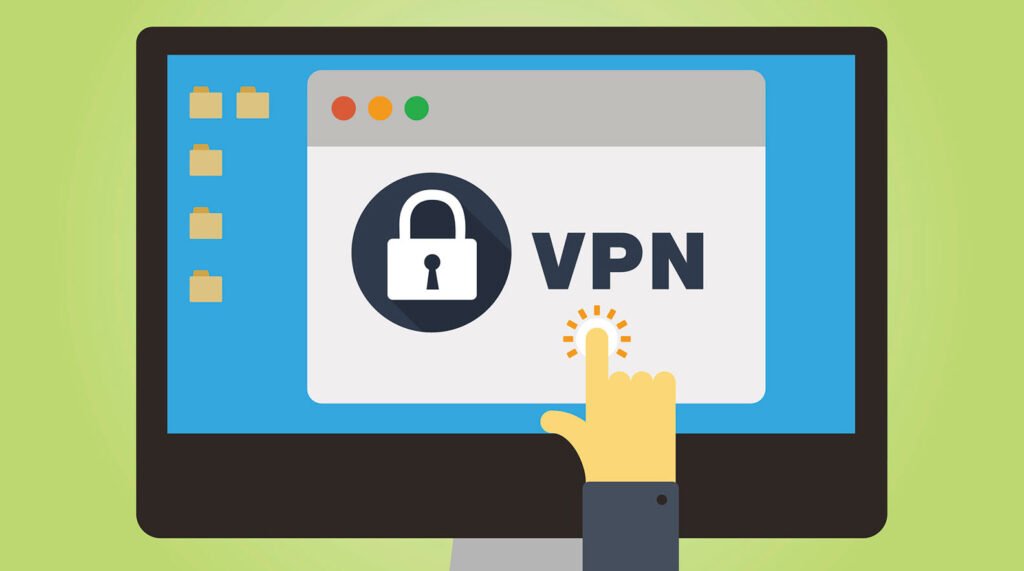
In today’s digitally connected world, where our online activities often paint a detailed picture of our lives, the need for privacy, security, and anonymity has never been greater. Virtual Private Network (VPN) technology has emerged as a powerful solution to these concerns, providing users with a secure and private channel for their internet communication.
Let’s explore the fundamental characteristics that define a VPN connection and the myriad benefits it offers to individuals and businesses alike.
- Secure, Private, and Anonymous Routing Through Tunnel
- Encapsulation of Protocols for Hidden Communication
- Routing Through Proxy Servers
- Concealing Internet Activities from External Interceptions
- Masking IP Address with VPN Number/Address
- Total Concealment of History from Service Providers
- Hiding Location
- Concealing Device Identity
- Complete Device-to-Network Connection
1. Secure, Private, and Anonymous Routing Through Tunnel
A cornerstone of VPN technology is the creation of a secure and encrypted tunnel through which your internet traffic is routed. This tunnel shields your data from prying eyes, ensuring that your online activities remain private and protected.
2. Encapsulation of Protocols for Hidden Communication
VPNs employ protocol encapsulation to obscure the details of your communication. This means that one protocol is wrapped within another, making it difficult for external entities to discern the origin and termination points of your online interactions.
3. Routing Through Proxy Servers
VPN routes your internet communication through proxy servers, which act as intermediaries between your device and the websites or services you access. This extra layer of routing enhances security and anonymity.
4. Concealing Internet Activities from External Interceptions
VPN effectively shields your internet activities from potential interception by unauthorized individuals, cybercriminals, or even government agencies. This ensures that your personal information, data, and online habits remain hidden from prying eyes.
5. Masking IP Address with VPN Number/Address
Your IP address, which serves as a unique identifier for your device on the internet, is replaced with the VPN’s address. This substitution makes it virtually impossible for third parties to trace your online activities back to you.
6. Total Concealment of History from Service Providers
When you browse the internet without a VPN, your Internet Service Provider (ISP) can monitor your online history. VPNs prevent this by encrypting your traffic and ensuring that your browsing history remains private, even from your ISP.
7. Hiding Location
A VPN’s ability to mask your IP address not only conceals your identity but also your physical location. This makes it exceedingly difficult for websites, advertisers, and other entities to track your geographical whereabouts.
8. Concealing Device Identity
In addition to hiding your IP address, VPNs also obscure your device’s identity. This means that the websites and services you access can’t easily identify the specific device you’re using.
9. Complete Device-to-Network Connection
A VPN connection establishes a holistic connection from your device to the network. This comprehensive link ensures that all your online activities, from browsing to data transfer, are encapsulated within the protective layer of the VPN tunnel.
In conclusion, a VPN connection embodies a robust suite of features designed to uphold your online privacy, security, and anonymity. By creating a secure tunnel, employing protocol encapsulation, routing through proxy servers, and concealing internet activities, VPNs provide an indispensable shield against cyber threats and invasions of privacy.
Whether you’re a business professional transmitting sensitive information, a traveler accessing public Wi-Fi, or an individual seeking digital freedom, a VPN serves as a formidable ally, safeguarding your online presence and empowering you to navigate the digital realm with confidence.
You may also like:- How To Fix the Crowdstrike/BSOD Issue in Microsoft Windows
- MICROSOFT is Down Worldwide – Read Full Story
- Windows Showing Blue Screen Of Death Error? Here’s How You Can Fix It
- A Guide to SQL Operations: Selecting, Inserting, Updating, Deleting, Grouping, Ordering, Joining, and Using UNION
- Top 10 Most Common Software Vulnerabilities
- Essential Log Types for Effective SIEM Deployment
- How to Fix the VMware Workstation Error: “Unable to open kernel device ‘.\VMCIDev\VMX'”
- Top 3 Process Monitoring Tools for Malware Analysis
- CVE-2024-6387 – Critical OpenSSH Unauthenticated RCE Flaw ‘regreSSHion’ Exposes Millions of Linux Systems
- 22 Most Widely Used Testing Tools








